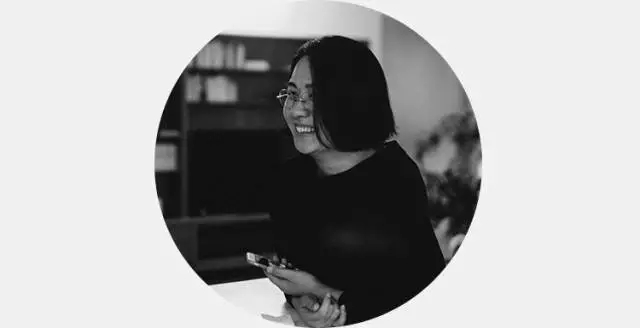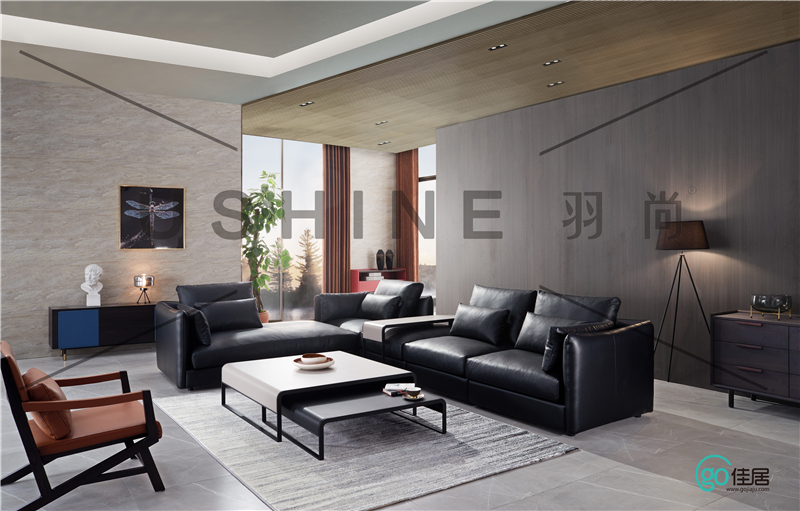Yushang Furniture-Li Ruofan only designs ordinary furniture worth living with for life Among countless streets in Beijing, Guozijian Street has its own world. Although there is no shortage of tourists at the other end of the street, it always maintains a quiet aura. The green trees on both sides are evergreen, and people who come and go are unspoken and consciously follow its rules. It is also a stronghold for living families. They stroll here, push open a wooden door under the blue tiles, watch exhibitions, search for treasure, or just stroll around aimlessly. These life designs carefully selected by Li Ruofan are mostly hand-made by Japanese craftsmen. Not only the basic display, but lost and found have gradually become the field of communication between the author and the user. In an accident in 2013, Li Ruofan got acquainted with wood writer Masaru Ito, and he invited Kobayashi and others, known as the "godfather of Japanese groceries", to come to Beijing to hold a lecture. Expanded Metal Mesh ceiling panel is widely used in building decoration field nowdays Expanded Metal Mesh Expanded Metal Mesh,Black Expanded Metal Mesh,Carbon Steel Expaned Metal Mesh,Expanded Metal Grill Grate Anping shengsen metal wire mesh products co,. ltd , https://www.apshengsen.com
Soon, in 2008, she also found her small world at No. 42 Guozijian Street-filled it with old oriental furniture and named it "Lost and Found".
In order to choose the right furniture and utensils for the cafe, she ran around Beijing's flea markets and alleys until the warehouse was filled with old objects, and she and her friends founded the "Lifestyle Collection" grocery store; Settling home, let people "lost and found" in the alley, regain the daily and ordinary furniture.
Li Ruofan's attachment to the "old" is not deliberate, and the material was not abundant in the childhood of the pre-consumption era. The family moved from the northeast to the south because of the transfer of their parents ’work, and there were two pieces of furniture cherished by the whole family.“ That ’s made by my dad ’s students. The wood selection and production are very hard. The whole family has always cherished it. †.
The cherished feelings are still profound today, and Li Ruofan found resonance in the old furniture that was found. Similarly, she gradually realized that although some old objects are beautifully shaped, the materials of hard wood and artificial leather are not good enough. If you can retain the shape and improve the defects of the materials, they can also get along with more people for a long time.
In this way, Li Ruofan used the Chinese furniture from the 1950s to the 1960s that he had bought for many years as a model, and began to design furniture that would be cherished by people. . For 9 years, Li Ruofan has always kept his original intention, "To be a Chinese furniture brand comparable to international design, and to do 'real' design".
"Real" design Li Ruofan often uses "real" design to describe her ideas. "Designing for design" is her biggest objection. "The traditional oriental aesthetic is still biased towards restraint and subtlety. I particularly agree with Nagasawa's 'Super Normal', and advocates the normal design of returning to the original, not over-emphasizing the parts beyond the function.
Because of this, Li Ruofan has always advocated subtraction when discussing designs with designers, and all fancy designs have been removed. "If you just follow the trend, you will also be easily covered by it. When the tide recedes, you may find yourself nothing. .
Similarly, for many years, Li Ruofan is still looking for the expressiveness of natural materials, which she calls "the simple beauty", "Eastern people like to be close to materials in nature, which is why most people prefer solid wood, cotton, The texture of silk. " For the sake of environmental protection and the original intention of making most people "affordable", the lost and found furniture is mainly made of imported sustainable black walnut, cherry wood, beech wood and other wood, showing a natural texture, with the use of time Increase the traces left behind by the pulp, if you take good care of it, you can use it for decades.
The "beauty era" of the cafe once convinced Li Ruofan that the "field" between people is also applicable to people and things. In the design, she repeatedly emphasized "empathy" to design furniture that can withstand a long test. People will eventually grow old, leaving traces of time with things day after day, and also the imprint of the user's existence, "We emphasize the texture of things and let people increase their love for it in a limited time and gain Higher quality experience. Otherwise, to some extent, life is a waste. "
Li Ruofan's team is still designing a new series. On the other side, the habit of "purchasing goods" was also retained. The lost and found multiple display spaces are arranged into a complete home space, and furniture and living appliances form a lost and found good ecology. 
In 2016, Li Ruofan assembled the stories of the authors who visited and invited them to hold exhibitions in China in the past four years into the book "Artifacts for Life". In the preamble, she wrote this insight:
"The deepest feeling is the craftsman's simple, diligent and pitiful outlook on life. Most of the workshops can make the best use of it. Mr. Mitsuya's hut, the home in Tetsuo Ono's terraced fields, and the seemingly unruly Ando Life works night and day to make pottery. There is an honest life before there are honest utensils, the two are not incompatible. Being able to accurately pick out the one you like from thousands of objects, I think it is a mutual trust, that mood Same as meeting someone you like. "
Furniture and utensils, creators and users, space and time, people and life, for Li Ruofan, this is always what she is looking for, which can maintain the beautiful relationship of the experience process of life.
1.Materials : aluminium plate ,thin low carbon steel plate, stainless steel plate,Al-Mg alloy plate,
2.Types of holes : diamond , square, round , triangle scale,etc
3.Type of Sizes:
LWD: 12.5-200mm
SWD: 5-80mm
Thickness: 0.3-8mm
4.Packing: waterproof paper packing and woven bags or cartons in expanded metal roll mesh
5.usage :used in filter elements, medicine, paper-making, filtering, breeding, wire mesh for battery, wire mesh for satelite aerial, machina protecting , handcraft making and window screen substitute.
Expanded metal mesh usually packed with wooden pallets or wooden frame,then into the 40HQ